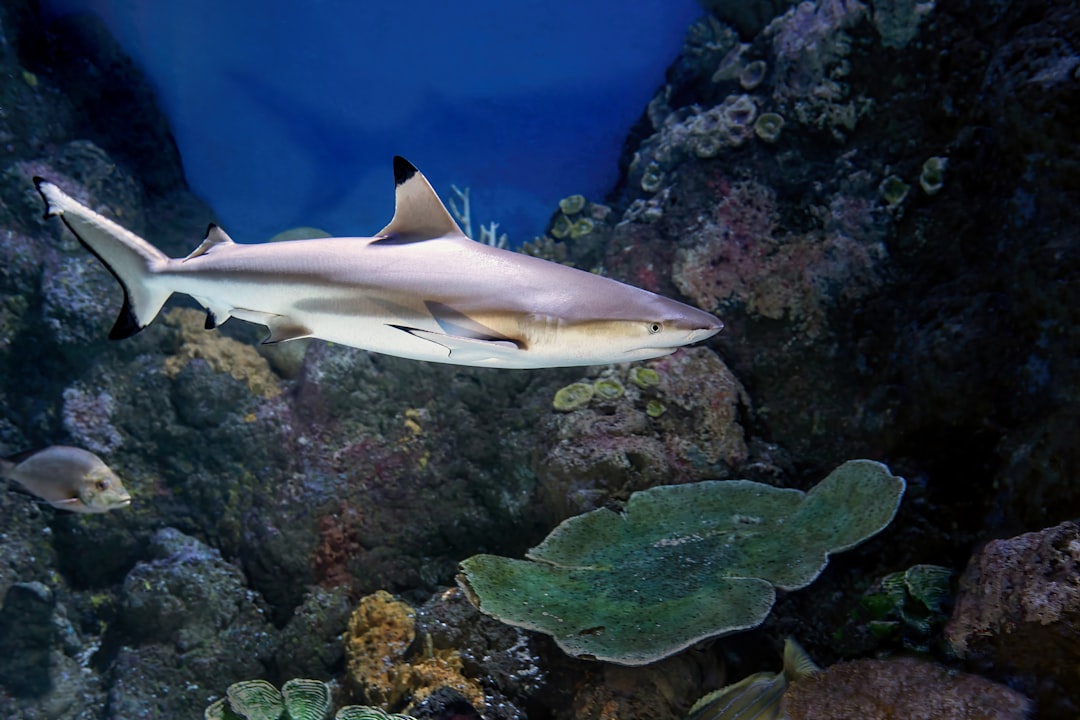What is it about?
Philanthinae digger wasp species that hunt bees need to preserve their prey from mold infestation. They use a chemical mix identical to their surface lipids to enbalm the prey. Their sibling species that hunt for beetles have no need to preserve their prey because beetles are themselves far less prone to mold growth. These beetle hunters evolved more complex chemical profiles that include additional substance classes. Both species groups are faced with chemical mimicry by parasitoids. New substances and stronger variation may be advantageous against that mimicry.
Featured Image
Why is it important?
This is the first account of a direct connection between chemical diversity and prey preservation.
Perspectives
In order to better understand the intricate relationships between prey and predator, and a predator and its parasitoids all possible ecological constraints must be evaluated for they may have a strong influence on the co-evolution of these relationships.
Mareike Wurdack
Julius-Maximilians-Universitat Wurzburg
Read the Original
This page is a summary of: Release from prey preservation behavior via prey switch allowed diversification of cuticular hydrocarbon profiles in digger wasps, Evolution, October 2017, Wiley,
DOI: 10.1111/evo.13322.
You can read the full text:
Contributors
The following have contributed to this page










